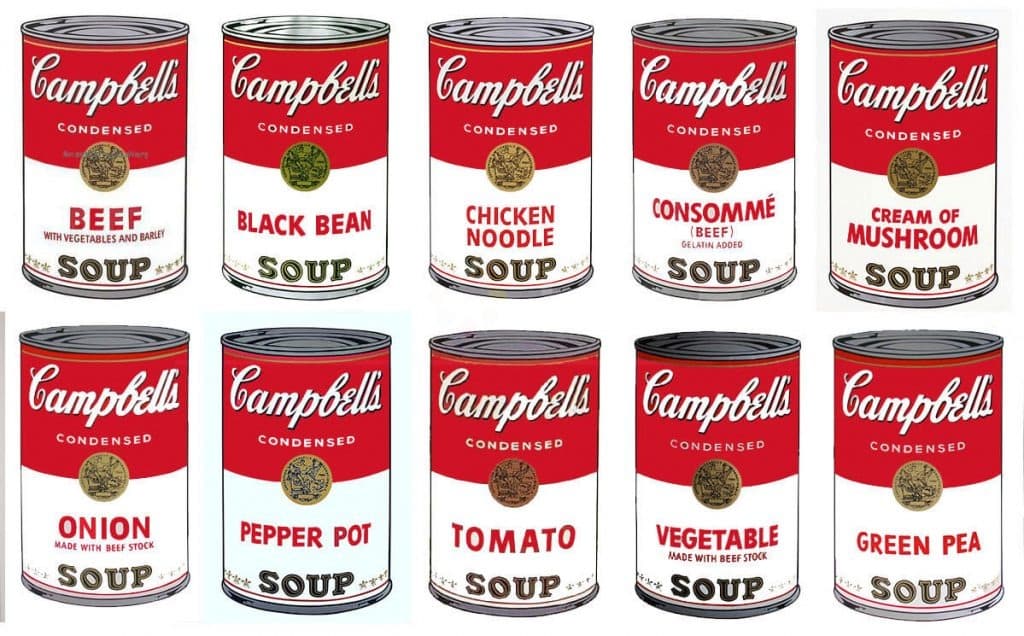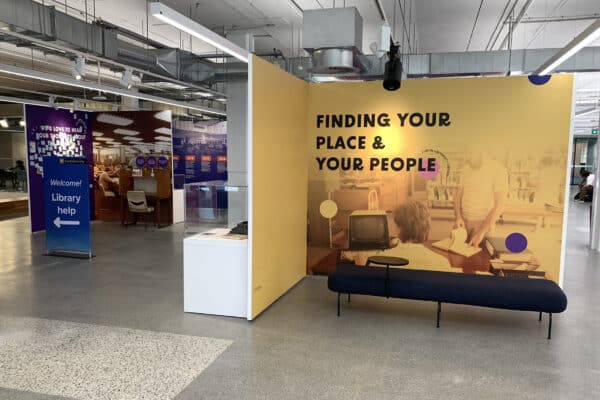Computers And Art: Data Is The Medium
“One of the amazing things about art is that it changes every day”
– Jeff Koons
Can you think of a time when works created using computers have been placed on similar pedestals as Monet or Warhol?
The traditional forums for viewing and experiencing art are not filled with screens displaying masterfully crafted images of expression, but why? The answer to this is likely to lie in the exclusivity that traditional art forms have – their tangible, physical existence. An artwork painted on canvas cannot be copy-pasted on to another canvas with the same ease as a JPEG file.
But what if all that copy-pasting and movement of information was actually a medium for the creation of art?
The transformation of weather patterns into musical scores by Boston-based artist Nathalie Miebach or the socio-political diagrams of David McCandless, demonstrate that art and technology are merging into things more profound than humorous classical art memes. Big Data is now being used as a medium for creating art.
For many years, the liberalisation of art through the internet was limited to reproduction. The greatest photographic works were shared and recreated infinitely. This also meant that they will never be lost or locked away for no one to enjoy. And, new avenues are constantly opening for artists to explore.
Computers are now having an influence on why art is being made, rather than how it is being made. Just as the squeezable paint tube allowed Monet to take his canvas wherever he pleased and the mass-production of canned soup inspired and made relevant Warhol’s works – big data is now driving a new generation of digital artists that utilising GPS trackers, scientific data and mobile apps to create.
It may be a long time before we see art created on electronic devices fetching million-dollar price tags, but, the thinking that leads to the exploration or expression has certainly arrived.





